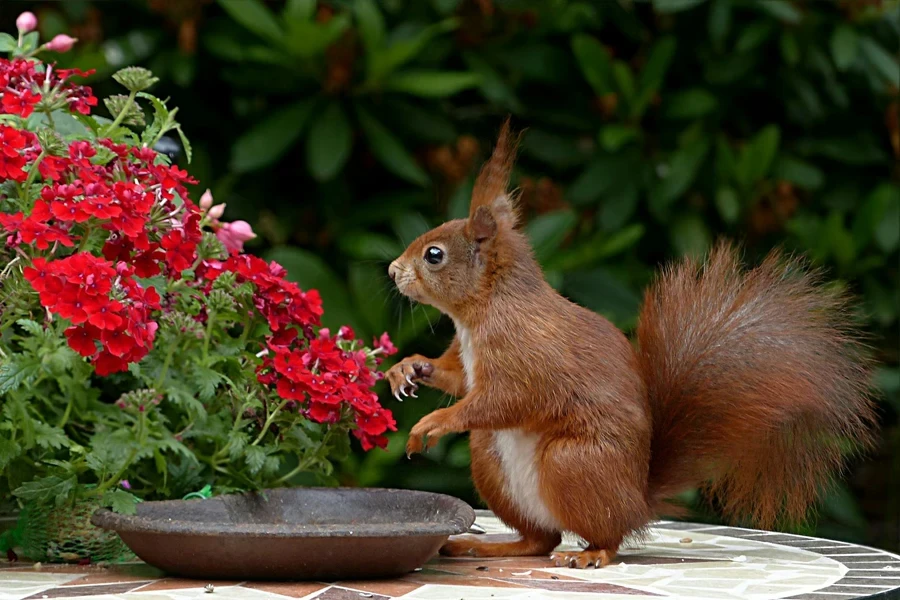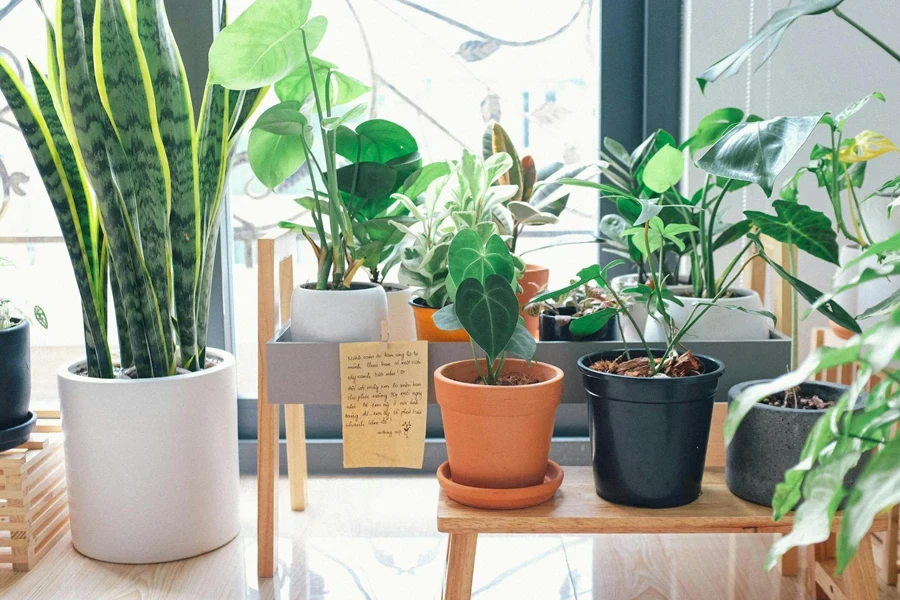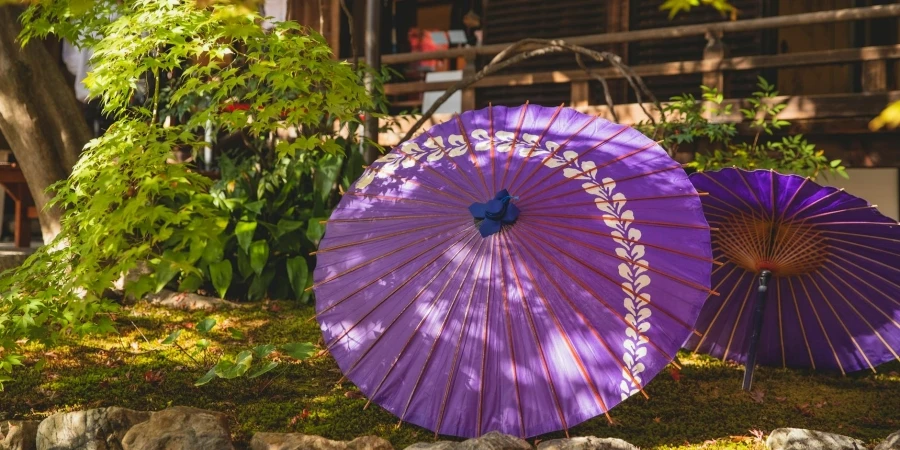Table of Contents
• Introduction
• Market overview
• Different types of garden ornaments
• Things to consider when selecting products
• Conclusion
Introduction
Transform gardens into enchanting retreats with the perfect selection of ornaments that enhance both beauty and functionality. Classic statues, modern sculptures, and whimsical decorations all play a role in elevating outdoor spaces. The garden ornament market is thriving, driven by trends in outdoor living and sustainability. Choosing the right ornaments involves considering material, size, and weather resistance to ensure long-lasting appeal. This guide delves into market insights and key considerations for selecting the best garden ornaments.
Market overview
Market scale and growth
The global outdoor decor market, valued at $83 billion in 2022, is projected to reach $117.7 billion by 2032, with an expected CAGR of 3.5% from 2023 to 2032. This growth is driven by increased consumer interest in enhancing outdoor living spaces, transforming gardens, patios, and balconies into extensions of their homes. The market segments include furniture, flower pots and planters, rugs and cushions, lighting, patio umbrellas and shade structures, water features, and other decorative elements, reflecting diverse consumer preferences and functional needs.
Key trends
Several key trends are shaping the market dynamics, including the rising popularity of outdoor activities and the significant influence of social media platforms like Instagram and Pinterest, which inspire consumers with visually appealing outdoor decor ideas. Sustainability is a major driver, with increasing demand for eco-friendly and durable materials. Additionally, the growth of e-commerce has simplified access to a wide range of outdoor decor products, allowing consumers to explore and purchase items conveniently. Regional insights indicate that the Asia-Pacific region leads the market, driven by the expanding middle class and booming real estate sector, particularly in China.
Different types of garden ornaments

Bird baths
Bird baths attract a variety of wildlife and come in diverse designs and materials, including stone, ceramic, and metal. Stone bird baths, often made from granite or limestone, are highly durable and weather-resistant, though they can be heavy. Ceramic bird baths offer intricate designs and are glazed to prevent water absorption, but they can be prone to cracking in freezing temperatures. Metal bird baths, such as those made from copper or brass, develop a natural patina over time, adding to their aesthetic appeal. Maintaining a clean bird bath with fresh water can turn a garden into a hub for birds, enhancing biodiversity.
Fountains
Fountains add both visual appeal and the soothing sound of water to gardens. Tiered fountains, typically made from cast stone or fiberglass, create a cascading effect, while self-contained fountains include a built-in reservoir, simplifying installation. Wall-mounted fountains, often constructed from stainless steel or copper, save space and add a modern touch. Disappearing fountains, where water flows into a hidden reservoir, offer a sleek look with minimal maintenance. These features can range from small, electric-powered models to large, solar-powered installations, providing options for various garden sizes and preferences.
Sundials
Sundials combine historical significance with functional design, requiring precise construction for accurate timekeeping. The gnomon, which casts the shadow, is usually made from durable metals like brass or stainless steel and must be angled to match the garden’s latitude. The dial plate, often crafted from stone or metal, is engraved with hour lines corresponding to the gnomon’s shadow. Proper alignment with celestial North ensures accurate time indication. Sundials add an educational and decorative element to gardens, blending art with science.
Garden furniture
Garden furniture enhances outdoor comfort and includes materials like metal, wood, and synthetic. Metal furniture, such as wrought iron or aluminum, offers durability and can be treated with rust-resistant coatings. Wooden furniture, crafted from teak, cedar, or eucalyptus, provides a natural look and can be treated with sealants to withstand weather conditions. Synthetic options, like resin wicker or recycled plastic, are lightweight, UV-resistant, and low-maintenance. Garden furniture forms a significant segment of the outdoor decor market, driven by consumer demand for stylish and functional outdoor living spaces.
Statues
Garden statues serve as artistic focal points and come in a range of styles and materials. Stone statues, carved from granite or marble, are highly durable and weather-resistant but can be heavy and expensive. Metal statues, made from bronze or cast iron, develop a patina over time, adding to their character. Resin statues, while lighter and more affordable, can be molded into intricate designs and are often UV-resistant to prevent fading. Statues enhance the garden’s visual interest, reflecting the owner’s personality and artistic taste.
Pedestals
Pedestals elevate garden ornaments, adding height and prominence. Stone pedestals, crafted from granite or limestone, offer durability and can support heavy statues. Metal pedestals, often made from cast iron or aluminum, provide a sturdy base and can be powder-coated for weather resistance. Wooden pedestals, made from treated hardwood, offer a natural aesthetic but may require more maintenance. Choosing the right pedestal enhances the overall presentation of garden sculptures and plants, creating a layered and dynamic landscape.
Planters

Planters offer flexibility in gardening, available in various shapes, sizes, and materials. Terracotta planters, made from clay, provide breathability for plant roots but can crack in freezing temperatures. Plastic planters are lightweight, durable, and often UV-resistant, making them suitable for various climates. Metal planters, crafted from galvanized steel or aluminum, offer a modern look and are resistant to rust. Planters are essential for creating focal points, organizing plants, and adding greenery to areas where ground planting is not feasible, allowing for mobility and seasonal changes in plant displays.
Things to consider when selecting products
Material considerations
When selecting garden ornaments, it’s essential to consider the durability and aesthetics of different materials. Steel, cast iron, aluminium, and resin are popular choices, each offering unique benefits. Steel and cast iron are known for their strength and classic appeal but require regular maintenance to prevent rust, especially in humid environments. Aluminium, on the other hand, is lightweight, rust-resistant, and requires minimal upkeep, making it ideal for various weather conditions. Resin is another excellent option due to its versatility in design and resistance to weathering and UV rays, ensuring longevity and low maintenance.
Size and weight
Choosing the right size and weight for garden ornaments is crucial for both aesthetic and practical reasons. Large, heavy ornaments, such as statues or fountains, can serve as focal points but may require more planning for placement and potential structural support. Lighter ornaments are easier to move and can be repositioned according to seasonal changes or design updates. It’s important to consider the available space and the overall garden layout to ensure that the ornaments complement rather than overwhelm the environment.
Weather resistance
Weather resistance is a critical factor when selecting garden ornaments, especially for those exposed to the elements year-round. Materials like aluminium and resin are highly weather-resistant, making them suitable for outdoor use in various climates. Aluminum does not rust, and resin can withstand extreme temperatures and UV exposure without degrading. Checking product specifications for weather resistance ensures that the ornaments maintain their appearance and functionality over time, reducing the need for frequent replacements or repairs.
Wildlife friendliness

Ensuring that garden ornaments are safe for local wildlife is an important consideration for eco-conscious gardeners. Materials should be non-toxic and free from harmful chemicals that could leach into the soil or water sources. Additionally, designs that include bird baths or feeders should be easy to clean and maintain to promote a healthy environment for birds and other small animals. Creating a wildlife-friendly garden can be enhanced by choosing ornaments that provide shelter or attract beneficial insects, contributing to the overall biodiversity of the garden.
Conclusion

Selecting the right garden ornaments transforms outdoor spaces into beautiful and functional areas for relaxation and entertainment. Considering factors such as material, size, weather resistance, and wildlife friendliness ensures informed decisions that enhance a garden’s appeal. Thoughtfully chosen ornaments not only elevate the aesthetic but also ensure durability and environmental harmony, creating welcoming and enjoyable outdoor environments.




